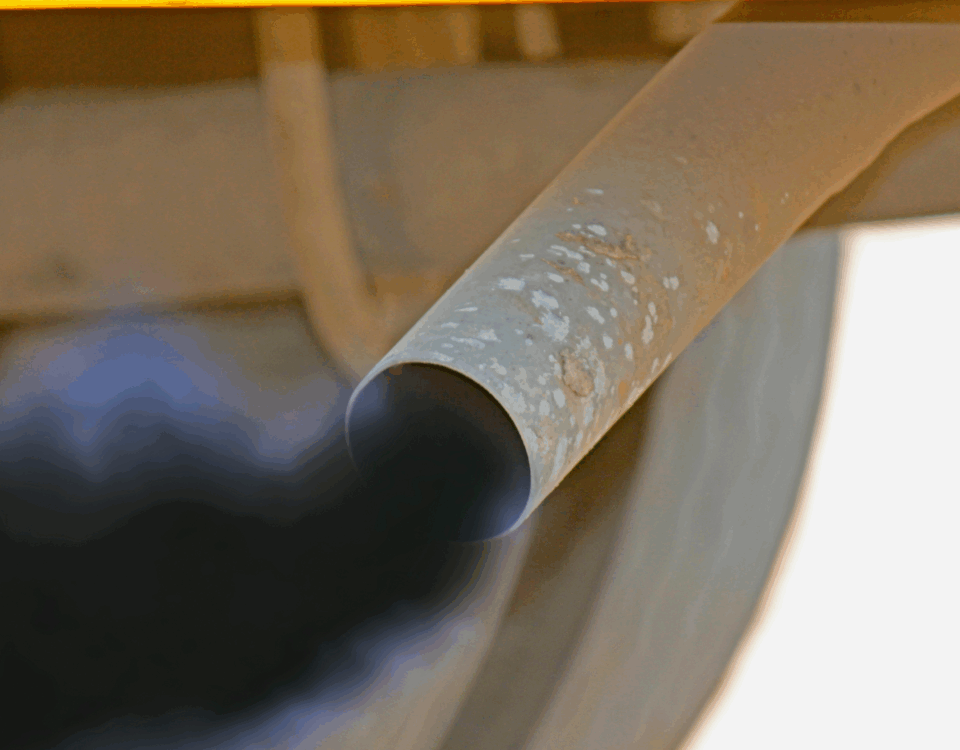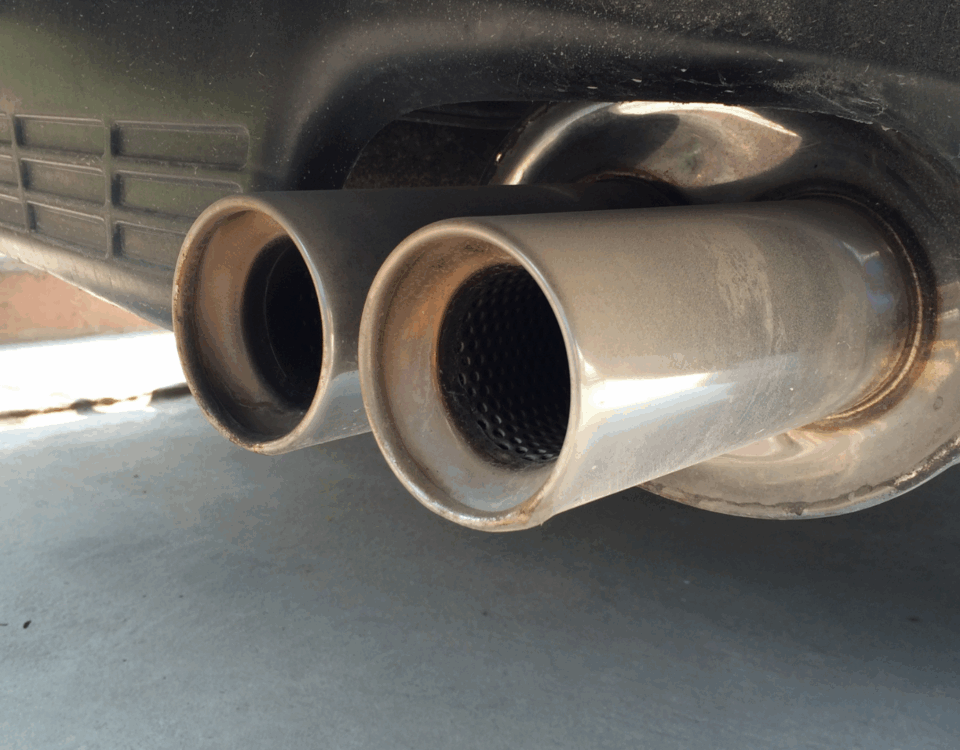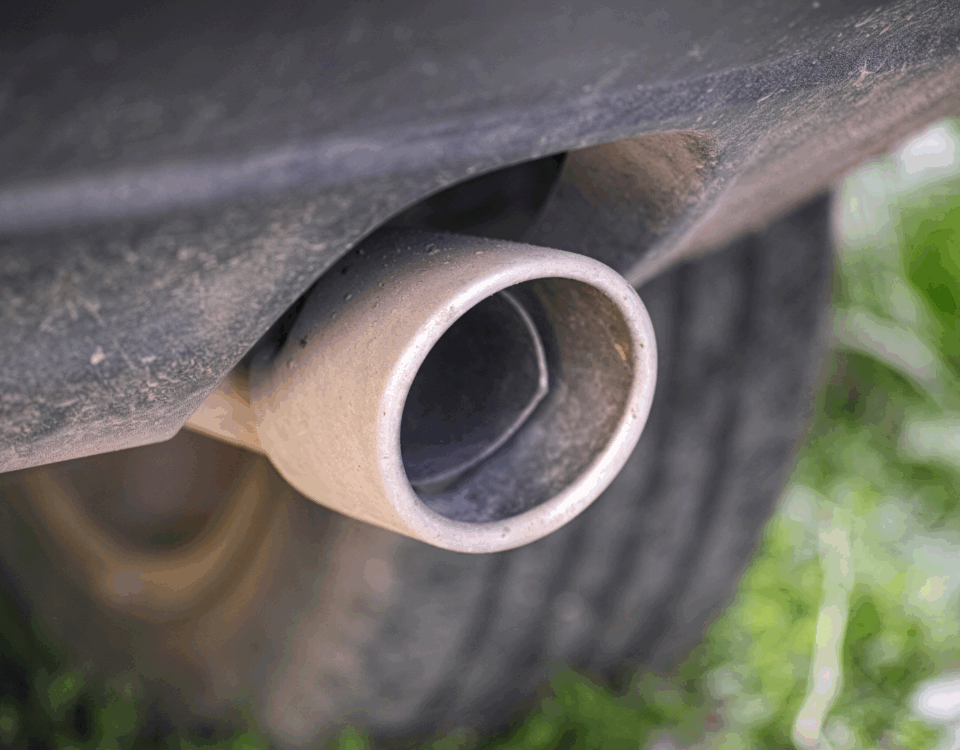Understanding the Equipment Used at Smog Inspection Stations
November 4, 2024Understanding How Smog Inspection Station Equipment Works
November 4, 2024In the complex world of vehicle emissions, smog inspection station play a critical role in ensuring that cars meet environmental standards. For vehicles to be deemed compliant, various advanced tools and equipment are used to measure pollutants and assess the vehicle’s health. This article dives into the essential equipment found in a typical smog inspection station, offering a deeper understanding of the technology behind these crucial evaluations.
Exhaust Gas Analyzer in Smog Inspection Stations
One of the most vital pieces of equipment in a smog inspection station is the exhaust gas analyzer. This device measures the levels of pollutants emitted by the vehicle’s exhaust. The analyzer assesses levels of carbon monoxide (CO), hydrocarbons (HC), nitrogen oxides (NOx), and carbon dioxide (CO2). By analyzing these gases, the inspector can determine whether a vehicle is within acceptable pollution levels. The exhaust gas analyzer is equipped with sensors and software that provide real-time readings, allowing technicians to diagnose potential issues quickly. This data is crucial for vehicles that may need repairs to meet the emissions standards, making the exhaust gas analyzer an indispensable tool at every smog inspection station.
On-Board Diagnostics (OBD) System Scanner
Another essential tool in smog inspection stations is the On-Board Diagnostics (OBD) system scanner. Modern vehicles are equipped with OBD systems that monitor various components of the car, including emissions-related parts. When a car is brought to a smog inspection station, the OBD scanner connects to the vehicle’s onboard computer to access diagnostic information. This tool checks for any “trouble codes” that indicate issues with the emission control systems, including problems with the catalytic converter, oxygen sensors, or evaporative emission controls. OBD scanners help ensure that any underlying problems contributing to higher emissions are detected and addressed. This technology has become essential for emission testing, as it provides a comprehensive view of the vehicle’s health and environmental compliance.
Dynamometer for Real-World Emission Testing
A dynamometer is a powerful device used at many smog inspection stations, especially those that test older vehicles. This piece of equipment simulates driving conditions, allowing technicians to test emissions under different speeds and loads. By placing the car on rollers, the dynamometer can replicate real-world driving conditions without the vehicle needing to leave the inspection station. While newer vehicles are primarily tested through OBD systems, older models benefit from dynamometer testing, which provides a more accurate measure of the vehicle’s emissions. The dynamometer’s role in smog inspection stations is to offer a reliable way to gauge a vehicle’s performance in situations where it may produce higher emissions, ensuring comprehensive testing across various vehicle types.
Smoke Meter for Diesel Emissions Testing
Diesel engines require specialized equipment for emissions testing, as they emit particulate matter, or soot, that is not as common in gasoline engines. For this purpose, smog inspection stations use a smoke meter, which measures the opacity of the exhaust produced by diesel vehicles. The smoke meter calculates how much light passes through the exhaust smoke, giving an indication of the particulate concentration. This equipment is essential in areas with strict regulations for diesel vehicles, as it ensures that trucks, buses, and other diesel-powered vehicles meet local air quality standards. With diesel emissions having unique characteristics, the smoke meter is an invaluable tool in any smog inspection station that deals with a diverse range of vehicle types.
In summary, smog inspection station use an array of advanced tools to ensure vehicles meet emissions standards. From exhaust gas analyzers and OBD scanners to dynamometers and smoke meters, each piece of equipment serves a unique role in assessing and managing vehicle emissions. This technology helps protect the environment and public health by maintaining the quality of the air we breathe.
Read More:





